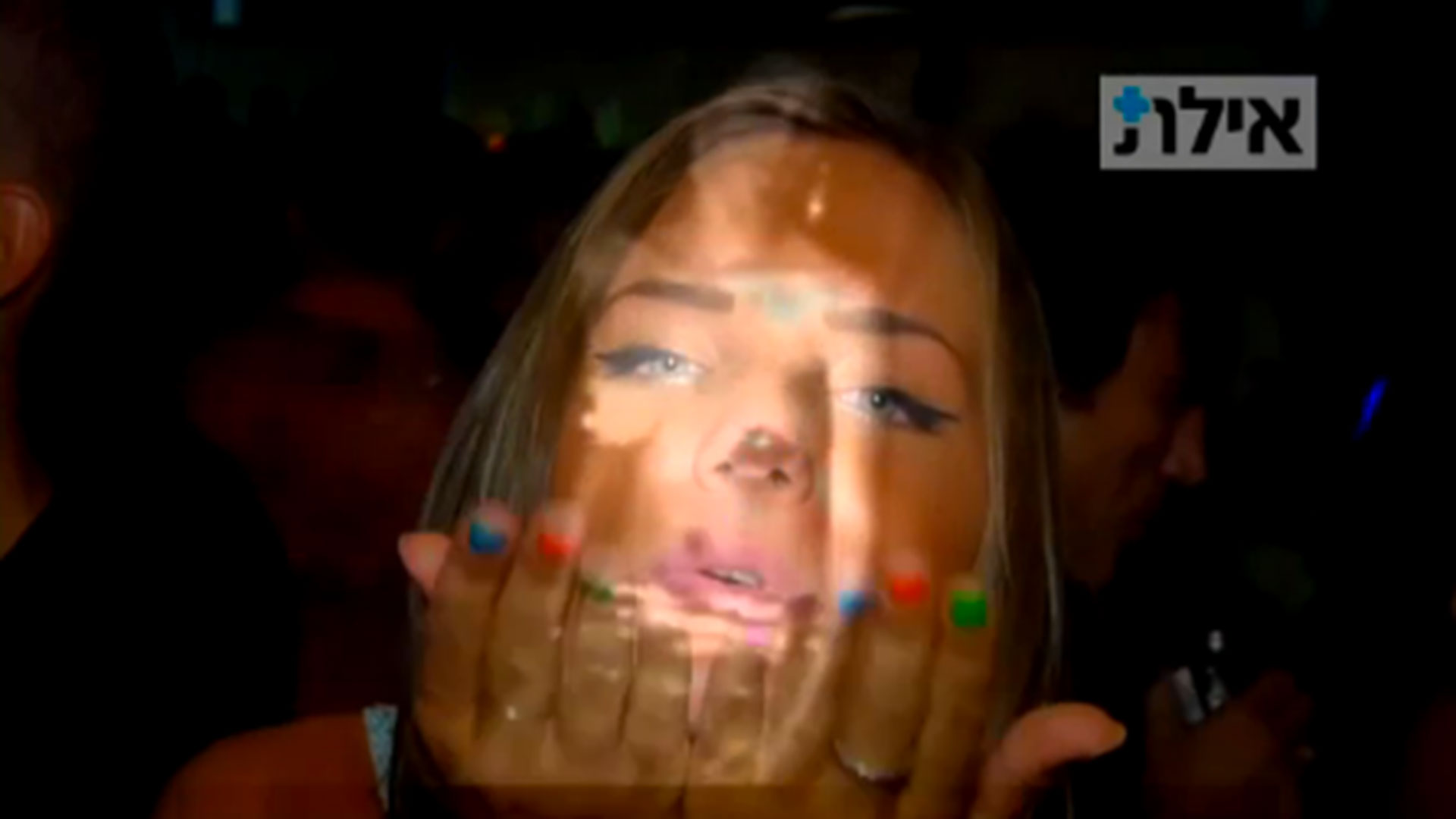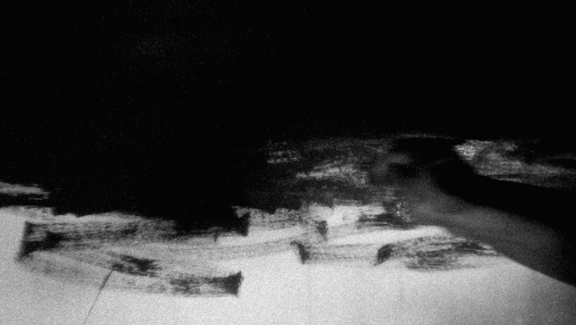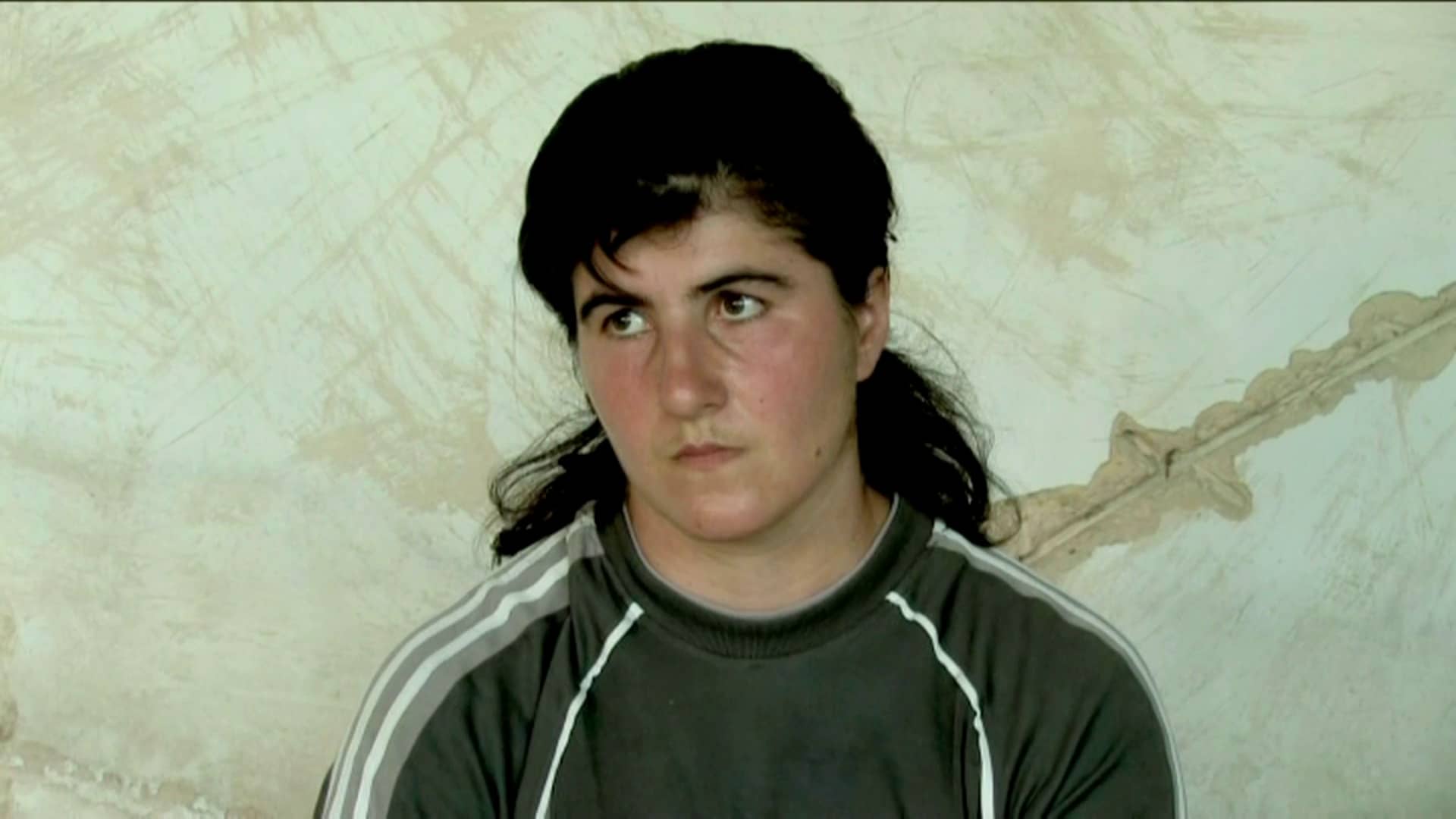 The Screen Touches Back by Mike Hoolboom and Alena Koroleva
The Screen Touches Back by Mike Hoolboom and Alena Koroleva
Draft notes for Alena Koroleva’s 4-part program The Screen Touches Back, presented at Message to Man Festival, St Petersburg, Russia Sept. 14-21 2019
My most important memories are not my own. They belong to other characters, to the life of movie stars and screen queens. What does it mean when we say “That movie really got under my skin?” Or even: “I was moved.” Where are we moved to? And how did we get there?
This four-part program looks at how the screen touches us, how it enters our bodies, how unusual documentary practices work to produce evidence that “bring us to our senses” and changes our relationship with our own lives.
Much of our physical life is unconscious. Many of the physical processes of our life – sensations, feelings, movements, contractions, releases and expansion – operate completely outside our awareness. The cinema can be an arena where we are returned to our bodies, or yet another place where it is left behind.
Ideas about who we are or who we should be were formed early in our lives by how we were seen by others. In order to see ourselves, even our interior landscapes, we rely on our reflections. We rely on others. Healing requires a witness, a relationship.
There’s an expression in Russian: to experience on your own skin, in English: walk a mile in my shoes.
Some of these movies are like “an operation without anesthesia.” They work deeply into the body of their subjects, there is risk involved, both in their making and their viewing. The fragile and vulnerable bodies in these movies, even the delicate, sometimes worn out and degraded material itself, create zones of interaction, new portals where the viewer can enter, not as passive joy ride passenger, but as part of an exchange.
As Maurice Blanchot wrote, in order for the act of interpretation to take place (a reading) the viewer must take a leap. Blanchot insists that the old parental relationship of viewership (saying yes to mom and dad) does not produce a subject, or even a reading. In order for a reading to take place the viewer/reader brings part of their own life to touch the screen or the book, and creates their own version. Each film in the program invites the viewer to make this leap, to live in their skin, even as each artist has made leaps of their own.
O Persecuted (2014) was made by Basma AlSharif, a Palestinian filmmaker who, like too many, cannot return home. It is a work of exile and displacement. How to bridge this unbearable distance, which is not only physical but also historical, it also exists in language, with the erasure and renaming of so many Palestinian sites. How can she go where she is forbidden to go, and make room so that we can travel with her?
She begins by returning to archival movies of home, an old film recently recreated, Our Small House (1974), a militant film by Kassem Hawal where Israelis and Palestinians appear as persecuted populations thrown together. Women’s rights are underlined throughout, as the filmmaker remarks: “looking back at films of the revolutionary period in Palestine it is painfully clear that women had more rights and more importance in the struggle than they do today.”
How to make this movie live again, to restore the Frankenstein of Hawal’s perspective where there are no winners, where all sides are persecuted? The facts are only too clear, so the filmmaker eschews explanations, preferring to work directly with her own body and the body of the viewer. She paints the screen black, but shown in reverse, so the image is slowly uncovered. In these early abstractions she creates an image of Palestine’s forgotten past. We slowly see more and more faces, as if they were coming from a void, a historically determined forgetting. The sound similarly begins with a muffled din and slowly resolves into language and communication. We follow her hand until it is our hand, we see her touch these old faces with the tenderness and gravity we reserve for the most beloved.
In the film’s coda she shows us quicky edited collage of contemporary parties in Tel Aviv, where the women are once again objectified – even this perfect life continues the new order of persecutions. It is a disturbing touch for the viewer, an aggressive image that penetrates the skin, unsettling our “position,” our safe distance.
Speechless (2009) by Salome Jashi was shot immediately after the Russian-Georgian war in Georgia. In place of testimony, the oldest stories repeated, the catastrophe of loss and dismemberment, the sanctuary of home and body violated, the filmmaker offers us a wordless procession of faces. A wordless place. How can I describe what happened to me? If I told the story a thousand times, you could never understand. The catastrophe of war has created a terrible distance between these villagers and their former selves, and the strangers they meet in the aftermath.
But on the other hand, the war endures, it is still happening on these ten faces, in the anxious gestures of the hand, as the camera bears witness. What we see in their faces touches us, transforms us, body language can help us feel what someone has experienced, what they are experiencing right now, as the camera rolls, and brings the viewer into the present, which is where the past resides. Using the most minimal, sober and direct approach, Jashi has created a devastating document where our bodies are invited to work for peace.
Can grieving by joyous, ecstatic, even sexy? In Su Hui-Yu’s Glamorous Boys of Tang (2018) he reworks unfilmed scenes from Taiwanese cult film Tang Dynasty Beautiful Male (1985) by Kang Chien Chiu. These scenes existed only in the screenplay, but due to censorship pressures and homophobia they were never realized. In Su’s gorgeous and glorious ghost film, camped up queers revenge the unseen and repressed, posing and preening through a luxurious bodily spectacle of sex and blood. The camera glances off these scenes, as if these bodies lived in a world apart, and we are invited to follow not the gaze but the bodies themselves, painted and golden, spinning and delirious, fucking and dying. A cult of death and orgasm.
There are many ways to cross the screen. But there is no bridge for everyone to cross, no map that can show the way, each author has to find their own crossing.
As a result surprises abound, as new documentary forms are invented out of necessity, so that filmmakers can bring us into invisible worlds, repressed geographies and identities. Bodily truths arrive in completely new ways, singular and unrepeatable, like the whorl of lines on your thumb.
We would like to invite you to this crossroads, where the devil taught Robert Johnson the blues, to jump into the body of Javier Bardem as his priest self opens up a small Texan town, to uncover the poetry of Kurdish life in ordinary stones scattered across the field, like the lives of these villagers that have been rent by war prosecuted by their own government. What these citizens are busy gathering is nothing less than stars that can be held in hand: marvellous, precious, memory portals, infinite.


